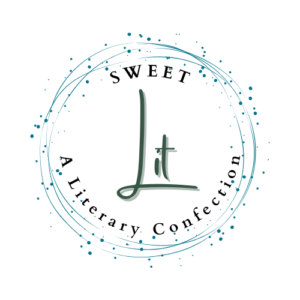Dear Ms. Rekdal,
Thank you for the intellectual sensitivity with which you probe the question of cultural appropriation in Appropriate. It’s incredibly easy for me, as a student of writing, to feel paralyzed by the possibility of failing to “stay in my lane,” as we are so often entreated to do. Less often, however, are we told how exactly to do that. As a mixed-race writer I have wondered, as you do, “where exactly am I supposed to drive?” (42). This question illuminates one of my primary dilemmas. This question, like many you set before us, has no tidy or singular answer. At heart, the question is one of freedom and entanglement, and it is one, you impress upon readers, we must consider deeply and thoroughly for ourselves, not taking your meditations as the final word, but as places from which to begin our own inquiries.
You begin your exploration by deeply probing “appropriation” as a word, a concept and a historical phenomenon, teasing out what we mean, and what we don’t realize we are saying, when we invoke such a polarizing and hotly debated term. I really appreciate this because it seems to me that terms like this can gain a cultural momentum that can garner more sensation than understanding, and ethical understanding, something you advocate for in this book, is what we are really trying to promote when we decry a work as culturally appropriative, is it not? As you say, “even if there is no legal claim a culture might make against an author, that doesn’t mean it doesn’t have an ethical claim. Ethical artists avoid appropriation not out of fear of being sued but out of fear of harming others through insensitive depictions” (22). This book does the service of helping those of us who might want to to understand how best to avoid causing harm by examining, from as many angles as possible, who and how cultural appropriation can harm, as well as who and how it can benefit; it should be noted that these effects can be both contradictory and simultaneous.
As a student of literature, but also as a mother and educator of two school-age children, I found your argument for the possibility for what you called the “rehabilitation” or “recuperation” of culturally appropriative and racist literatures of the past particularly compelling. When undertaking the creation of an anti-racist literary practice, I find the question of what to keep and what to reject from the past is always close at hand. You helped me to see the educational value of literature that fails. You write, “I do not have to learn any valid literary technique or way of living from [offensive] texts, but I do have to learn how to stand up against them. I have to learn how to confront language that distresses me and not feel my world crumble but solidify in response to it” (163). This is a skill set that I want to build, in myself and in my children. I want to learn, as you have, “to pick apart arguments that offend me so as to strengthen my own technique and beliefs in response to them” (163). Additionally, you point out, learning about the workings of culture in the past by contextualizing them can illuminate present understandings of difference; in other words, literature of the past can give us insight into where we stand today–and how we got here.
This working toward self-understanding comes through your writing in its confessional tone, as well as its continual self-assessment. You constantly interrogate not only the social meanings of the works you examine but your own reactions to them as well. You write, “perhaps I might consider myself a critical reader not because I read Pulitzer Prize-winning novels, but because I’m someone who refuses to be soothed” (155). It’s this “refus[al] to be soothed” that keeps the machinery of this book turning, and that I so admire. You are always reaching for a more nuanced understanding, a better set of critical tools. You are always looking to be jostled out of complacency: “Perhaps I might define and identify a work of literature, then, not by whether or not it increases my empathy for others, but whether it unsettles me without a clear resolution” (155). Something I learn deeply from you is not to allow empathy to lull me into stasis.
As someone who has always considered herself an empathetic reader, I appreciate that you warn us against allowing empathy be the critical criterion on which we judge creative works. I learned from you that the cultural appropriation of trauma can “work to fuse the raced identity with pain, with suffering, with racism, with psychic damage” even when it is based in what you call “empathetic desire” (55-6). You admonish readers not to let their own desire to empathize with pain impede their ability to see others as full and whole. And yet, this admonishment perfectly highlights the ways in which Appropriate is a profoundly empathetic text. You ask us to step inside the humanity of everyone and interrogate every possibility of feeling, not to justify harmful actions but to complicate our understanding of them. You understand that empathy is “crucial to sustaining literary communities” (156), and therefore you ask us not to use it to justify wrongs committed, but rather to deepen our commitment to each other. You ask us to engage with the humbling practice of forgiveness, such a rare request in a culture that seeks to indict. You write: “Forgiveness…is not required of any community…It is not and should not be automatically granted…[b]ut it should…remain a communal goal” (157). You offer it as a doorway to healing, and also to new ways of seeing and articulating difference.
In that vein you offer some neologisms to serve a new, differently empathetic approach to critical understanding of cultural appropriation: “But what if, for works that appropriate respectfully, we came up with an entirely new terminology, perhaps something like ‘transcultural dialogue,’ ‘cultural homage,’ or even ‘cultural approximation’?” (32). To me these terms offer a new dexterity of language that reckons with both the human imagination’s desire for creative freedom and the very human desire not to cause harm. The genius and heart of this book is that you show us that these two ideals are not, or at least don’t have to be, at odds with one another. Rather, they can enhance one another if we are willing to look deeply, critically, heartfully, and honestly, as you have done, at the full effects and origins of our creative choices and desires. Thank you for your commitment to this work.
Sincerely,
Sasha Evangelista
Visit Paisley Rekdal’s website for more information.








